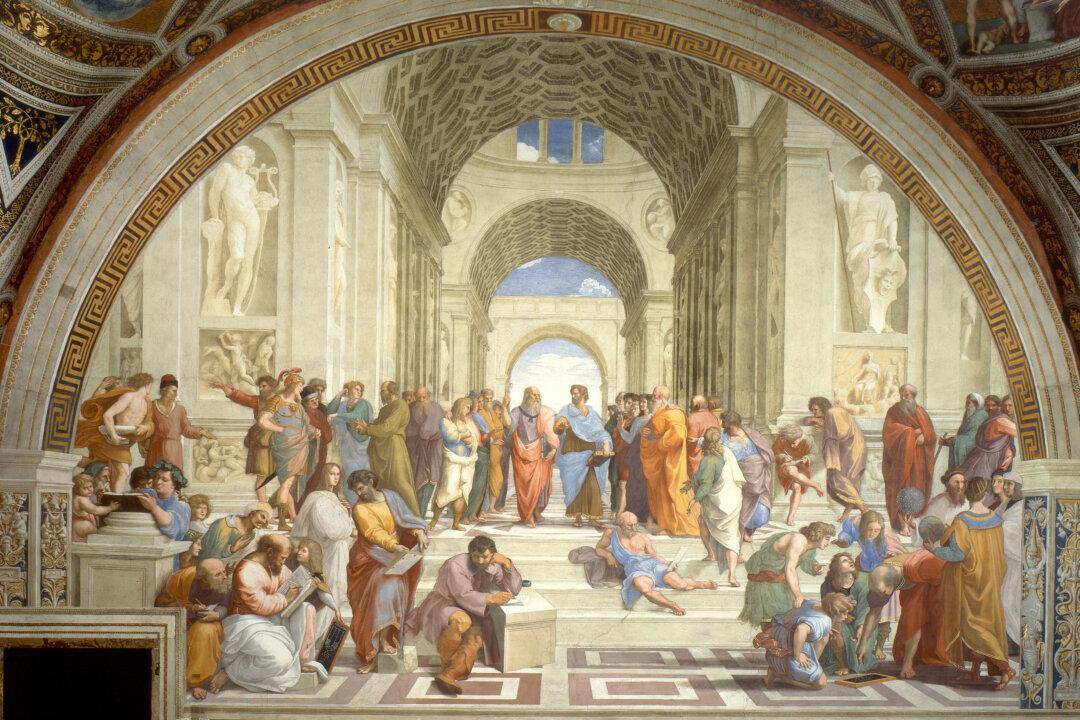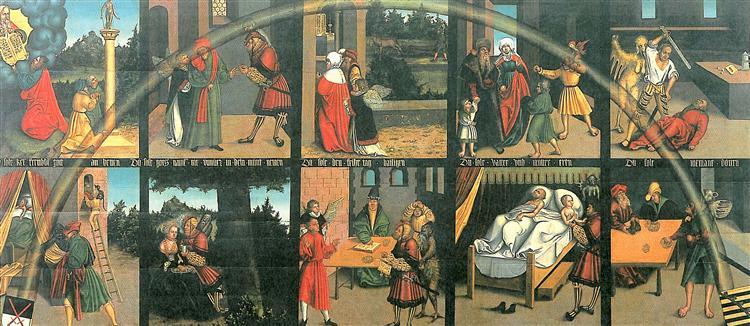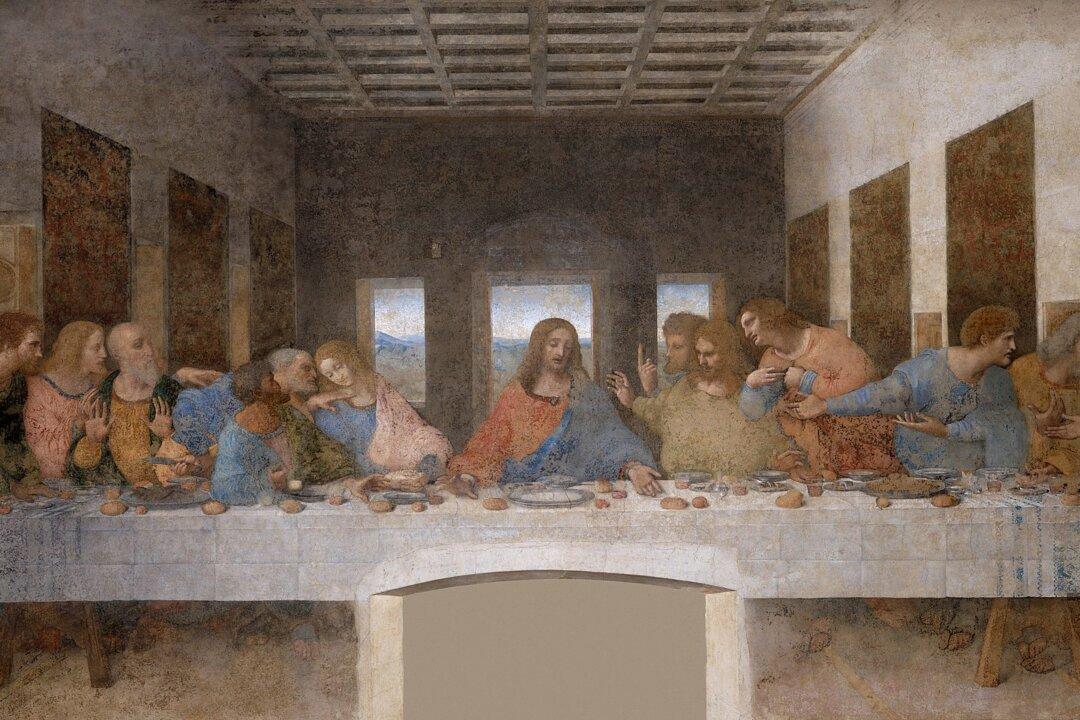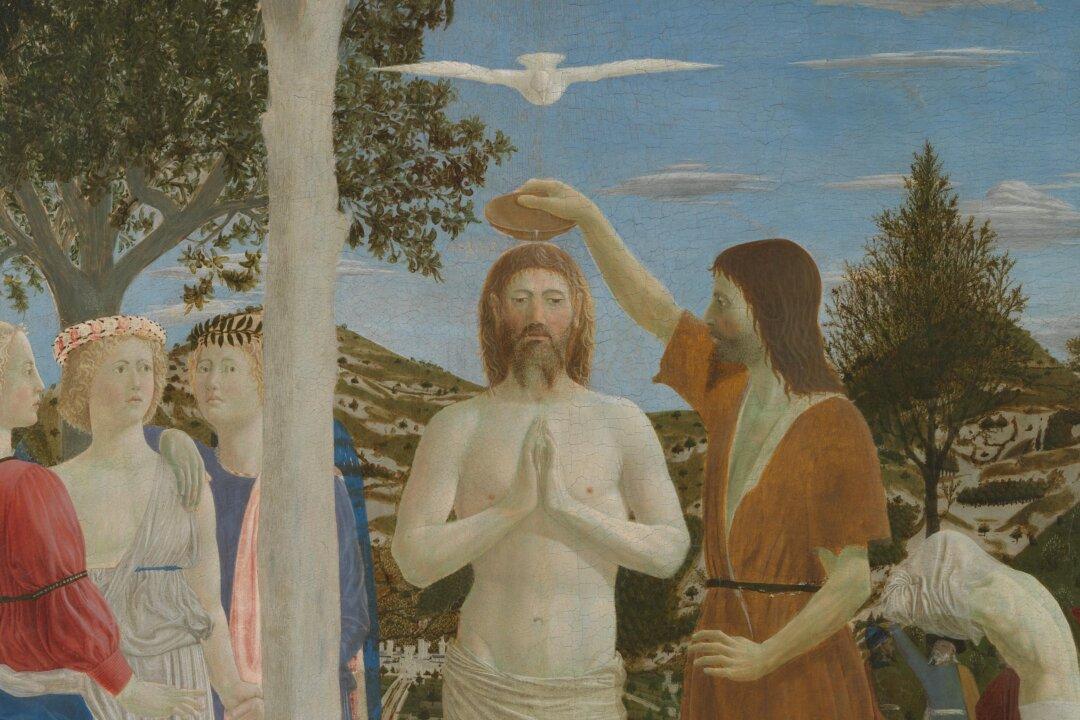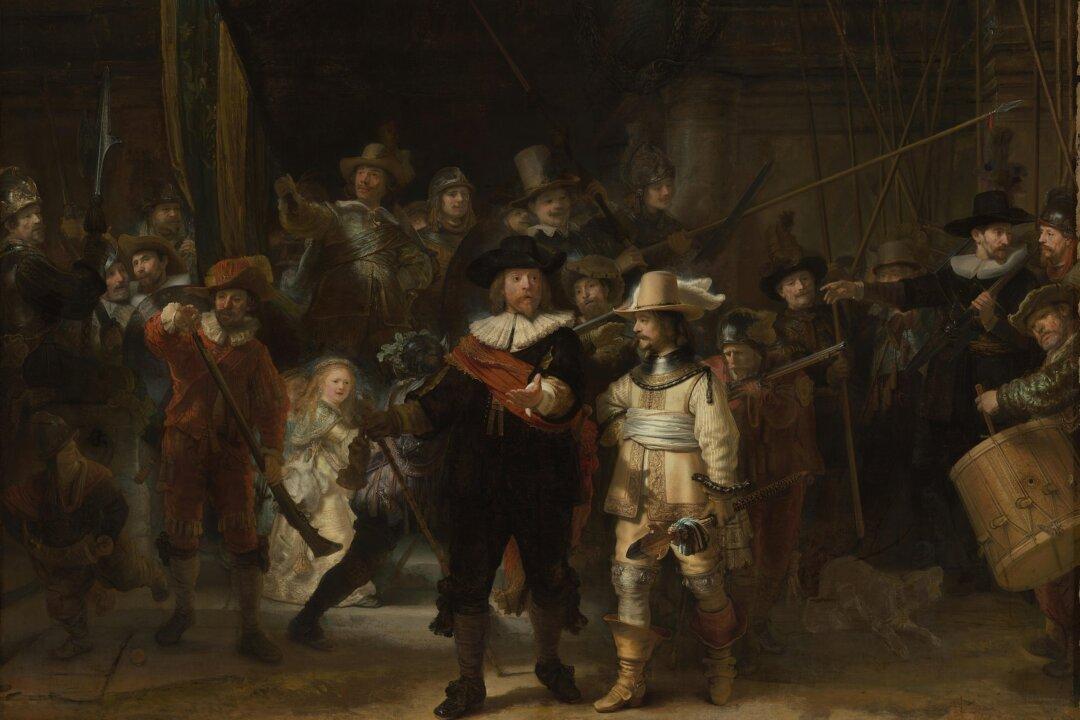“The School of Athens” is one of the most important and fascinating frescos in Western art history. Pope Julius II commissioned the prolific young artist Raffaello Sanzio da Urbino to decorate his private chambers in the Vatican.
The first room that Raphael (1483–1520), as he is better known, tackled was the “Stanza Della Segnatura,” or “Room of the Signature,” so-called because it was where the Church’s most significant documents were signed, sealed, and set into enforceable doctrine. The room also served as the Pope’s library and as the meeting place for The Supreme Tribunal of the Apostolic Signatura—the most powerful judicial body of the Catholic Church.

